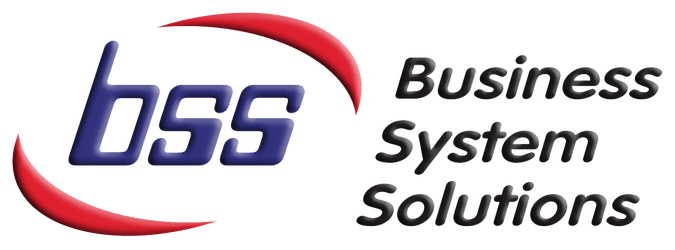
The HIPAA Security Rule Requires All Covered Entities and Business Associates To Use Current Software Kept Up-to-Date with Updates from the Vendor
All software comes with a lifecycle. Unfortunately, even the best operating systems will expire at some point. Windows 7, one of the most commonly used operating systems, will reach its end-of-support date on January 14, 2020. Microsoft will no longer provide bug fixes, security updates or support for the operating system past this point. So what does this mean for healthcare providers that rely on the operating system within their environment? Will they still be in compliance with HIPAA?
In the simplest terms, no. The HIPAA security rule requires all covered entities and business associates to use current software that’s kept up-to-date with updates from the vendor. Naturally, Windows 7 will no longer fall into this category. Aside from no longer being compliant, healthcare providers that continue to run the outdated operating system will be risking the following:
- Significant compatibility issues resulting in delays in terms of scheduling software.
- Potential data loss due to performance issues and/or lagging in computers.
- Costly data breaches resulting from cybercriminals exploiting vulnerabilities.
Even a Single Computer Running Windows 7 Will Result in an Instant Violation of HIPAA
As the HIPAA Security Rule explicitly states that all software must be supported, even a single computer running Windows 7 will result in an instant violation. As soon as the end-of-support date is here, cybercriminals will likely start exploiting the vulnerabilities out there - accessing all sorts of electronically protected health information. You simply can’t afford to put off upgrading to another system.
What Does the End-of-Support Date Mean for Healthcare Providers Attesting Under MIPS for Meaningful Use?
It is important to keep in mind that Meaningful Use requires covered entities to attest that they’re HIPAA compliant to achieve Meaningful Use - a federal incentive program that promotes the adoption of electronic health records. If you’re attesting under MIPS for Meaningful Use, it is vital to ensure you’ve upgraded from Windows 7 before doing so. What are the steps to upgrade? Here are a few tips:
- Take inventory of each and every PC within the office, as well as their operating systems.
- Decide on your upgrade path and budget for the process and/or purchasing of new PCs if required.
- Contact your technology partner to assist with the migration and re-installing any necessary software as needed.
Windows 10 is the ideal choice, but it is important to note whether or not your existing computers will support migration to this operating system. Your technology partner should be able to fill you in on whether or not they’re able to support the migration. If you need to purchase new computers, do so quickly as the deadline is fast approaching.
Need a Grand Rapids IT Company to Help You Migrate from Windows 7 to Windows 10?
Micro Visions is able to assist with the migration process. We’ve helped many businesses in the area upgrade from outdated systems. Our team will perform a thorough assessment to identify any PCs running Windows 7, as well as take note of all of the applications and/or programs running on them. We’ll ensure that everything is moved over properly while disposing of old computers - ensuring that:
- All hard drives are wiped with a secure method before disposed of.
- All electronic protected health information is moved over to the new system.
- A certificate of destruction is provided to include within your documentation.
Micro Visions is Here to Help Covered Entities and Business Associates Migrate from Windows 7 to Windows 10. Call (616) 776-0400 Now to Work with Your Team of Grand Rapids IT Support Professionals.
Like this article? Keep reading…
Do You Have A Plan For Microsoft Server 2008 End Of Life?
Can You Be Too Small For Cybercrime?
Transforming Your Business Digitally Starts With Team Cohesion




